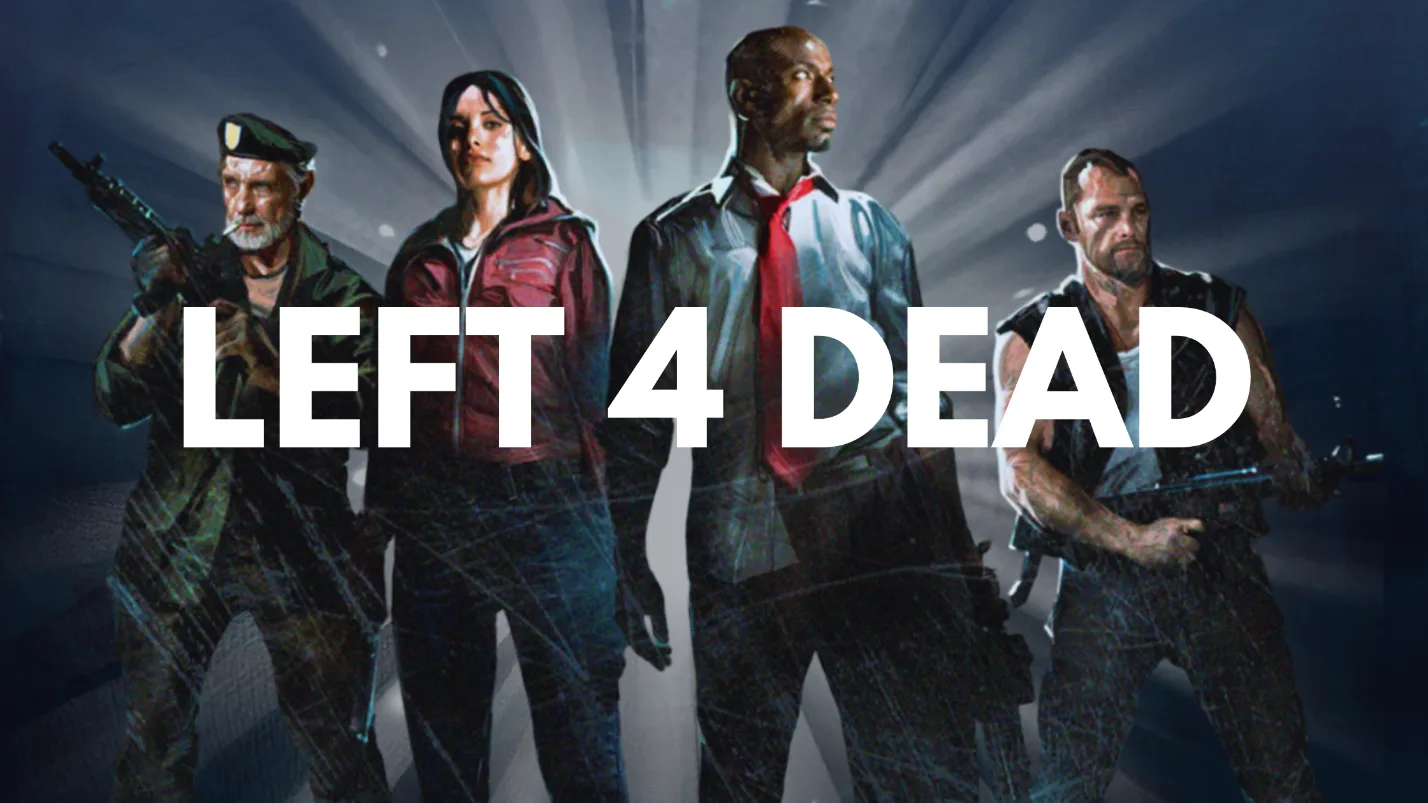The Enduring Legacy of Left 4 Dead: A Zombie-Slaying Phenomenon
In the vast landscape of video games, few titles have left as lasting an impact as Valve Corporation’s “Left 4 Dead.” Released in 2008, this cooperative first-person shooter set in a zombie apocalypse quickly became a cult classic, revolutionizing the multiplayer horror genre and inspiring countless imitators. More than a decade after its release, the game’s legacy continues to influence developers and captivate players worldwide. This article delves into the various aspects that made Left 4 Dead a groundbreaking title and explores its enduring impact on the gaming industry.
Meanwhile if you crave for a Pinoy card games such as Tongits, Pusoy and Pusoy Dos, check out GameZone.
A New Breed of Zombie Game
Cooperative Gameplay at Its Finest
Left 4 Dead introduced a fresh take on the zombie genre by emphasizing teamwork and coordination. The game’s four-player cooperative mode forced players to work together to survive the relentless hordes of infected. This approach to multiplayer gaming was groundbreaking at the time and has since become a staple in many modern titles.
The game’s focus on cooperation extended beyond simply fighting zombies together. Players had to share resources, heal each other, and coordinate their movements to progress through the game’s challenging campaigns. This level of interdependence created a unique social experience that was both thrilling and rewarding.
The AI Director: A Game-Changer
One of the most innovative features of Left 4 Dead was the AI Director. This dynamic system adjusted the game’s difficulty in real-time, controlling the pacing of zombie hordes, item placement, and special infected spawns. The result was a uniquely unpredictable experience that kept players on their toes, ensuring no two playthroughs were ever the same.
The AI Director not only managed enemy spawns but also monitored players’ health, stress levels, and performance. It would then adjust the game’s intensity accordingly, creating a personalized experience for each group of players. This adaptive gameplay mechanic was revolutionary and has since influenced many other games in various genres.
Memorable Characters and Setting
The Survivors
Left 4 Dead introduced players to four distinct characters: Bill, a Vietnam veteran; Zoey, a college student; Louis, an IT analyst; and Francis, an outlaw biker. These characters’ personalities and interactions added depth to the game’s narrative and fostered a sense of camaraderie among players.
Each character had a unique backstory and personality that came through in their dialogue and interactions. This attention to character development was unusual for a multiplayer-focused game at the time and helped create a more immersive experience. Players often found themselves becoming attached to specific characters, adding an emotional layer to the gameplay.
A World in Chaos
The game’s setting, a post-apocalyptic United States overrun by a zombie infection, was both terrifying and immersive. From abandoned cities to eerie forests, each environment told a story of survival and desperation.
Left 4 Dead’s level design was particularly noteworthy. Each campaign featured a variety of locations, from urban environments to rural settings, each with its own challenges and atmosphere. The attention to detail in the environment storytelling, such as abandoned cars, hastily scrawled graffiti, and barricaded safe rooms, helped create a believable and haunting world.
Gameplay Mechanics That Set the Standard
Intense Combat and Pacing
Left 4 Dead’s combat was fast-paced and intense, with players constantly on the move to avoid being overwhelmed by the infected. The game’s focus on melee weapons and limited ammunition created a sense of desperation that perfectly captured the essence of survival horror.
The balance between ranged and melee combat added a layer of strategy to the gameplay. Players had to decide when to conserve ammo and when to unleash their firepower, adding tension to every encounter. The game’s pacing, alternating between moments of relative calm and sudden, intense battles, kept players engaged and on edge throughout each campaign.
Special Infected: A New Threat
The introduction of special infected enemies, each with unique abilities, added a layer of strategy to the gameplay. Players had to adapt their tactics to deal with Hunters, Smokers, Boomers, and the terrifying Tank, creating memorable and often hilarious moments of chaos.
Each special infected type required different strategies to counter, encouraging players to communicate and coordinate their efforts. The Smoker’s ability to drag players away from the group, the Hunter’s pouncing attacks, and the Boomer’s crowd-attracting bile all created dynamic situations that kept the gameplay fresh and exciting.
Cultural Impact and Community
Modding Community
Left 4 Dead’s robust modding support allowed players to create custom campaigns, characters, and gameplay modes. This thriving community extended the game’s lifespan far beyond its initial release and fostered a dedicated fanbase.
Modders created everything from new weapons and enemy types to entire campaigns with unique themes and storylines. Some mods even transformed the game into entirely different genres, showcasing the flexibility of the game’s engine and the creativity of its community.
Influence on Popular Culture
The game’s success influenced not only the gaming industry but also popular culture. References to Left 4 Dead can be found in movies, TV shows, and other video games, cementing its place in the zombie genre’s pantheon.
The game’s iconic characters and scenarios have been parodied and homaged in various media, demonstrating its lasting impact on popular culture. The phrase “Left 4 Dead” has even entered the gaming lexicon as shorthand for cooperative survival games.
The Sequel and Beyond
Left 4 Dead 2: Building on Success
In 2009, Valve released Left 4 Dead 2, which expanded on the original’s formula with new characters, campaigns, and gameplay mechanics. The sequel was equally well-received and further solidified the franchise’s place in gaming history.
Left 4 Dead 2 introduced new special infected types, melee weapons, and additional game modes, addressing some of the criticisms of the original while maintaining its core appeal. The quick turnaround time between the two games (just one year) was initially controversial but ultimately proved successful.
Spiritual Successors
While Valve has yet to release a third installment in the series, the game’s influence can be seen in numerous spiritual successors and imitators. Titles like “Back 4 Blood,” created by some of the original Left 4 Dead developers, seek to recapture the magic of the original while introducing new elements for modern audiences.
Other games, such as “Warhammer: Vermintide” and “World War Z,” have adapted the Left 4 Dead formula to different settings and themes, demonstrating the versatility and enduring appeal of its core gameplay concepts.






